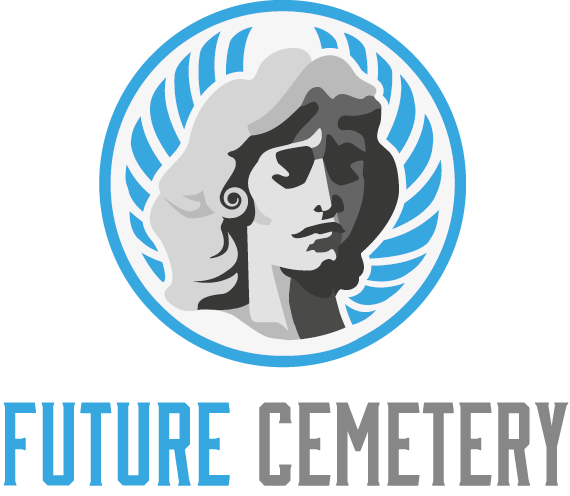Cemetery Design involves transforming a burial ground into an environment that is both beautiful and meaningful. It also includes incorporating the needs and desires of local cultures, customs, and religions into the overall design.
Circulation is a fundamental aspect of architectural design, determining how people move through and interact with spaces. A well-thought-out circulation plan optimizes space utilization, promotes safety and accessibility, and enhances visitor experience.
Embracing Local Cultures
A cemetery is a cultural landscape that preserves the history and traditions of a community. It also serves as a place for remembrance and celebration.
Using local culture as inspiration, the Iqaluit Municipal Cemetery uses natural materials to create an open space for community use and remembrance. A striking geometry of pathways winds through a memorial landscape that features a mix of traditional indigenous symbols and contemporary weathering steel. The juxtaposition of these materials reflects the cultural shift towards minimalism and environmental sustainability, exemplified by the Capsula Mundi, a biodegradable coffin designed to be planted with a tree above so that the decomposing body fertilises the plant.
Good cemetery design should take into consideration the various needs of its users and visitors. These factors include the ambiance, landscape design, directional signage and more. These aspects are crucial for a cemetery to become an inviting and calming space for people to visit and remember their loved ones.
Embodying Abstract Ideas
Symbolism plays a huge role in cemetery design. For example, a simple comb on a tombstone can represent gender, while a cross represents religion and belief systems. The incorporation of these elements adds a deeper meaning to the overall design, and provides an opportunity for reflection.
Another important element of cemetery design is the way in which it interacts with its surroundings. For example, a proper drainage system is crucial to maintaining the integrity of the site and prevents environmental damage. Moreover, the laying out of graves should take into account user needs and local culture.
Lastly, the incorporation of biomimetic designs can also improve a cemetery’s overall ambiance. This type of design is based on the concept that natural forms and structures can serve as inspiration for new architectural solutions. This way, a cemetery’s architecture can embody abstract ideas, while still maintaining a sense of place. This can help to create a more peaceful environment for mourning loved ones.
Adapting to Changing Values
Cemeteries often fail to fit within simplistic land use zoning definitions, being neither commercial, residential or open space. As such, they must be designed for a wide variety of purposes. This requires rethinking traditional views of burial practices, memorials and reimagining the role of urban cemeteries.
A well-designed cemetery must also adapt to changing values in the communities it serves. For example, a growing preference for minimalist burials and natural landscaping signals a shift towards eco-consciousness and simplicity. Cemetery design should reflect these values by incorporating sustainable and organic features that will help to reduce the environmental footprint of the site.
Lastly, good cemetery design should ensure that the site is accessible to everyone. This means ensuring that there are clear paths throughout the property and that the design is compatible with wheelchairs. It should also include features that allow for future expansion without compromising the existing layout. In addition, a well-designed cemetery should provide a calm and peaceful atmosphere for mourners.
Creating a Peaceful Atmosphere
One of the most important goals of cemetery design is to create a calming atmosphere that fosters respect for the deceased and promotes healing for families. In addition to ensuring that all aesthetic elements are subdued and respectful, this also includes preserving a cemetery’s history.
Space planning is an integral part of architectural design, determining the functionality of spaces based on their intended use and movement patterns. A thoughtful design can positively affect user experience by minimizing distractions and maximizing accessibility.
Circulation is another vital aspect of cemetery design, determining how people move through and interact with spaces. This element considers horizontal and vertical movements, accessibility, and wayfinding.
An intelligent design fuses architectural mass with fluid, volumetric voids. The San Mauro Torinese Cemetery Extension by Raimondo Guidacci, for example, uses uniformly gridded stone panels to bind together both structural components and burial niches, fostering visual cohesion while underscoring the importance of each individual body. Similarly, the Eternal Hill Columbarium by Behet Bondzio Lin Architekten in Taiwan uses an internal void to generate a sense of privacy and introspection.
